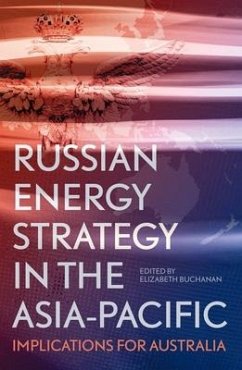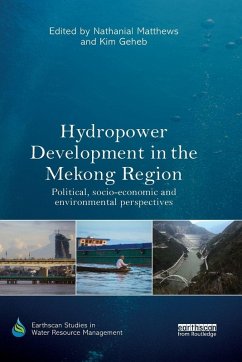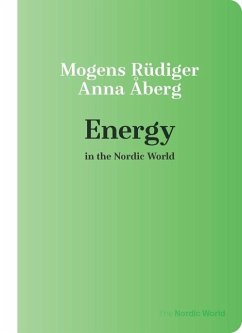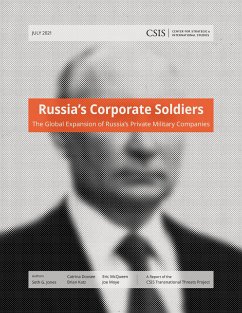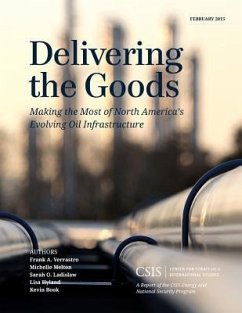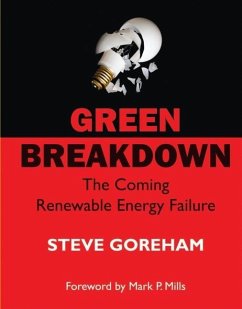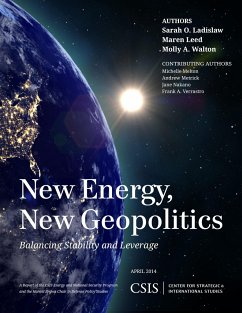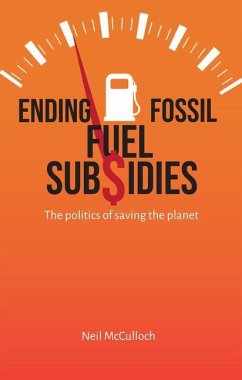Versandkostenfrei!
Versandfertig in über 4 Wochen
Weitere Ausgaben:

PAYBACK Punkte
26 °P sammeln!




This book examines Russia's multidimensional foreign energy policy and the emerging and on-going conflicts with energy-consuming and transit countries.
Kenan Aslanli is a faculty member at Ankara Y¿ld¿r¿m Beyaz¿t University (AYBU), Department of International Relations. He works as an expert on the energy and political economy of the wider Eurasian powers at the Center for Iranian Studies (IRAM) in Turkey. He graduated from the doctorate programme at Ankara Y¿ld¿r¿m Beyaz¿t University, Department of International Relations (English), in 2022. He was a project partner and researcher at the Center for Eastern European Studies at the University of Bremen (Forschungsstelle Osteuropa) and a visiting lecturer at the Vienna BFI University of Applied Sciences (Austria).
Produktbeschreibung
- Verlag: Taylor & Francis Ltd (Sales)
- Seitenzahl: 296
- Erscheinungstermin: 18. Dezember 2024
- Englisch
- Abmessung: 234mm x 156mm x 17mm
- Gewicht: 440g
- ISBN-13: 9781032528090
- ISBN-10: 1032528095
- Artikelnr.: 72110919
Herstellerkennzeichnung
Libri GmbH
Europaallee 1
36244 Bad Hersfeld
gpsr@libri.de
Für dieses Produkt wurde noch keine Bewertung abgegeben. Wir würden uns sehr freuen, wenn du die erste Bewertung schreibst!
Eine Bewertung schreiben
Eine Bewertung schreiben
Andere Kunden interessierten sich für





